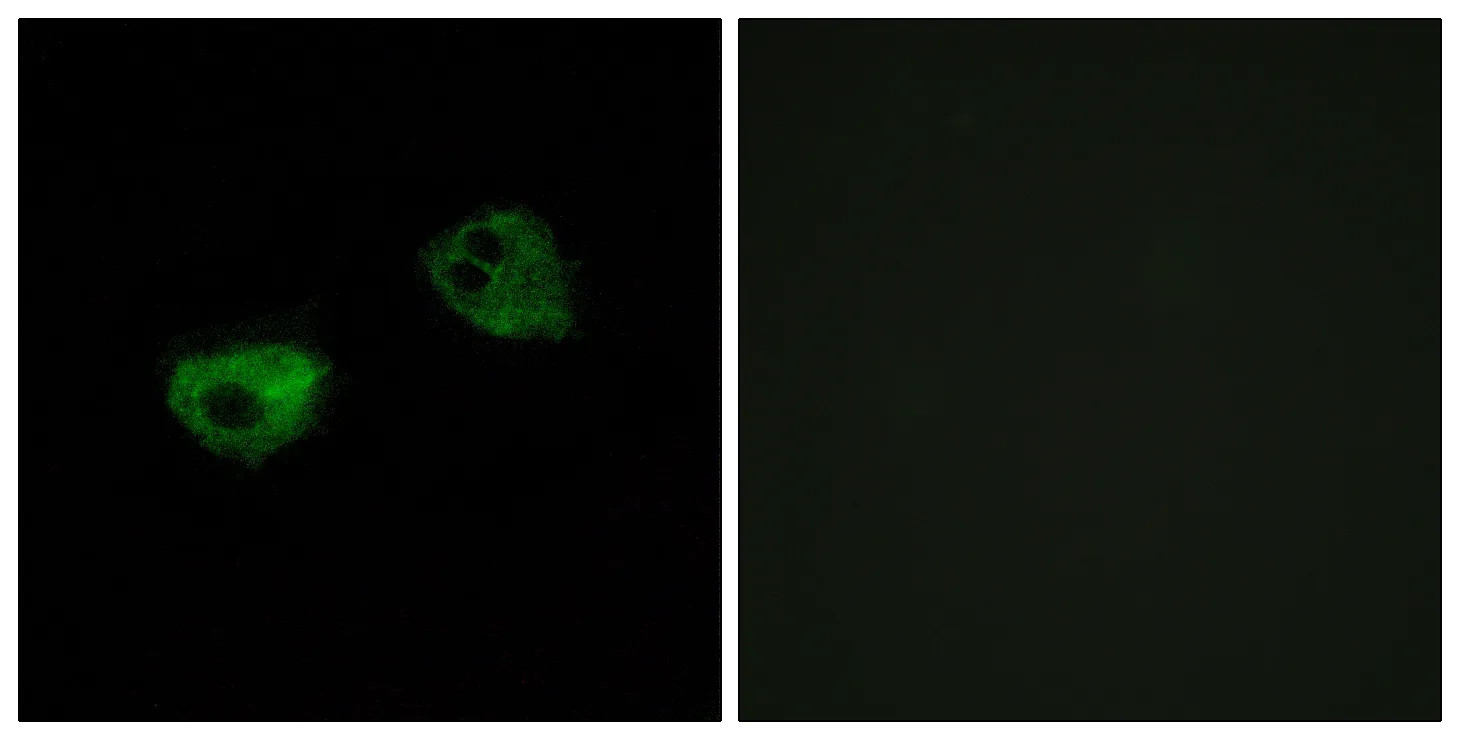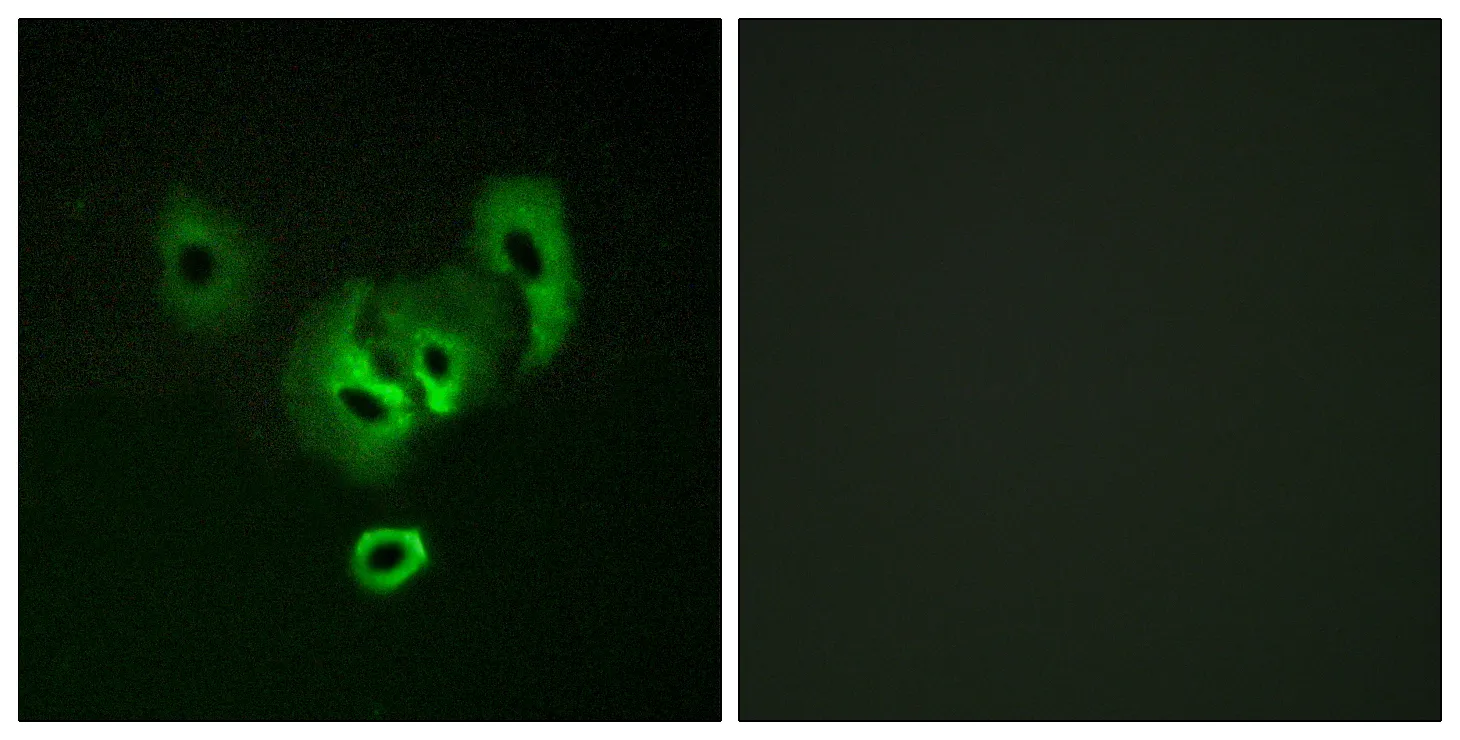Summary
Performance
Immunogen
Application
Background
SAM and HD domain containing deoxynucleoside triphosphate triphosphohydrolase 1(SAMHD1) Homo sapiens This gene may play a role in regulation of the innate immune response. The encoded protein is upregulated in response to viral infection and may be involved in mediation of tumor necrosis factor-alpha proinflammatory responses. Mutations in this gene have been associated with Aicardi-Goutieres syndrome. [provided by RefSeq, Mar 2010],function:May play a role in mediating proinflammatory responses to TNF-alpha signaling.,induction:By interferon gamma. Up-regulated in TNF-alpha treated lung fibroblasts.,similarity:Contains 1 HD domain.,similarity:Contains 1 SAM (sterile alpha motif) domain.,tissue specificity:Expressed in heart, skeletal muscle, spleen, liver, small intestine, placenta, lung and peripheral blood leukocytes. No expression is seen in brain and thymus.,
Research Area




